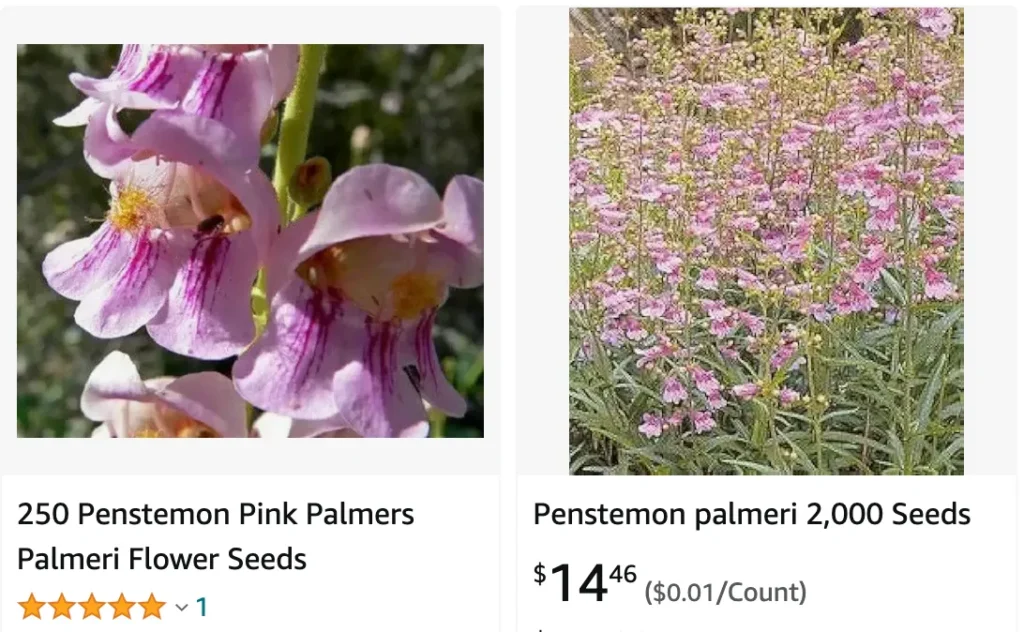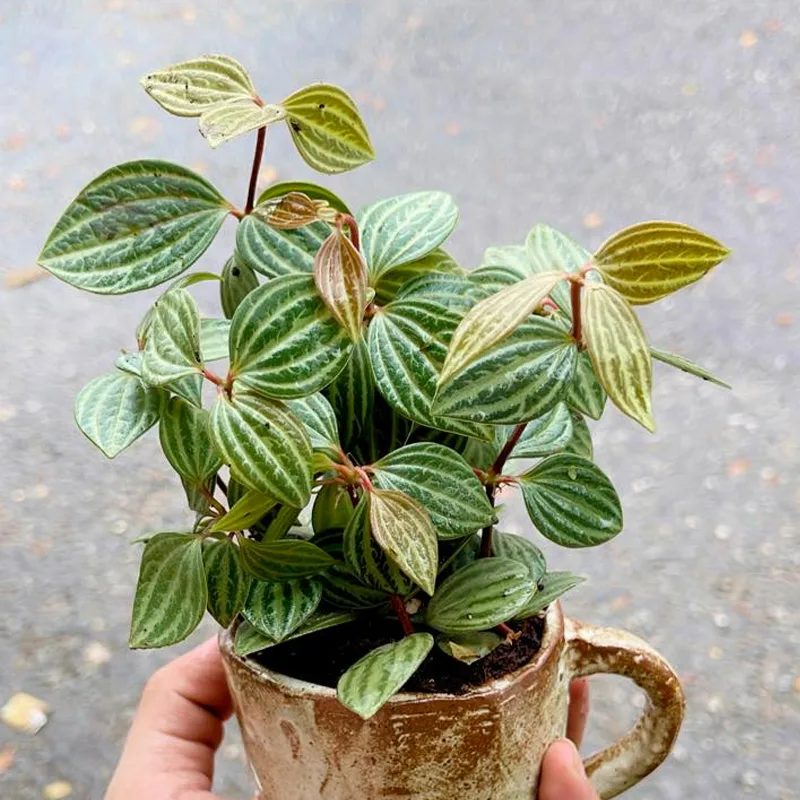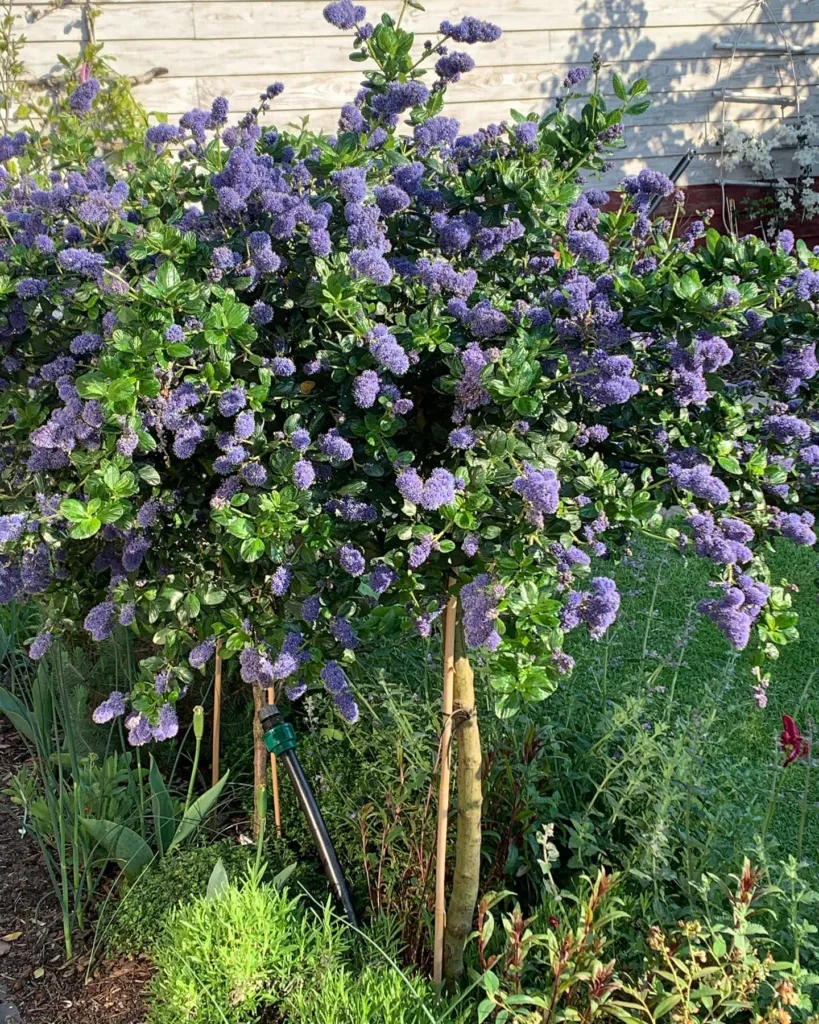
All About Penstemon Palmeri: A Gardener’s Guide
Hi there, Ferb Vu here! Today, we’re diving into the world of Penstemon palmeri, a stunning and fragrant perennial that will add a pop of color and delightful aroma to your garden.
Whether you’re a seasoned gardener or just starting your plant parenthood journey, this FAQ will answer all your burning questions about Penstemon palmeri.
288 Species in Genus Penstemon
What is Penstemon palmeri?
Penstemon palmeri, also known as Palmer’s penstemon or scented beardtongue, is a perennial flowering plant known for its showy, rounded blooms and delightful fragrance. Belonging to the Plantaginaceae family, it’s named after botanist Edward Palmer.
This beauty thrives in drier climates and well-drained soils, making it a perfect choice for xeriscaping (low-water landscaping).
What does Penstemon palmeri look like?
Imagine tall, erect stems reaching up to 4-7 feet, adorned with oppositely arranged leaves sporting toothed edges. But the real showstopper is the flower. Penstemon palmeri boasts clusters of large, puffy blossoms on long stalks. These fragrant blooms typically come in shades of purple, blue, or pink, adding a touch of whimsy to your garden from late spring to early summer.
How do I care for Penstemon palmeri?
Here’s the good news: Penstemon palmeri is a low-maintenance charmer.
- Sunlight: Give it full sun to part shade. It tolerates some afternoon shade in hotter climates.
- Watering: Remember, it thrives in drier conditions. Water deeply when the soil feels dry to the touch, allowing for good drainage. Avoid overwatering.
- Soil: Well-drained soil is key. Sandy loam or rocky mixes are ideal. If your soil is heavy clay, consider amending it with sand or perlite to improve drainage.
- Fertilizing: While not essential, a light feeding with a balanced fertilizer in spring can encourage blooming.
- Pruning: Deadheading spent flowers promotes continued blooming throughout the season. You can also give it a light pruning after flowering to maintain a tidy shape.
Is Penstemon palmeri winter hardy?
The answer depends on the specific variety. Some cultivars of Penstemon palmeri are evergreen, while others are summer semi-deciduous. Generally, they are hardy in USDA zones 7-10. If you live in a colder climate, consider providing winter protection with mulch around the base of the plant.
How do I propagate Penstemon palmeri?
There are two main ways to multiply your Penstemon palmeri:
- Seeds: Sow seeds indoors around 8-10 weeks before the last frost. Once the seedlings establish, harden them off before transplanting outdoors.
- Cuttings: Take semi-woody cuttings in late spring or early summer. Plant them in a well-draining potting mix and keep them moist until they root.
Common diseases and pests affecting Penstemon palmeri
Penstemon palmeri is generally resistant to pests and diseases. However, keep an eye out for:
- Aphids: These tiny sap-sucking insects can be controlled with insecticidal soap or neem oil spray.
- Fungal diseases: Overwatering can lead to fungal issues. Ensure good drainage and avoid getting water on the foliage.
Where can I buy Penstemon palmeri?
You can find Penstemon palmeri at local nurseries or online retailers specializing in native plants.
What are some companion plants for Penstemon palmeri?
Penstemon palmeri pairs beautifully with a variety of plants that share similar sun and water requirements. Here are a few ideas:
- Grasses: Ornamental grasses like feather reed grass or blue grama grass add texture and movement.
- Drought-tolerant perennials: Yarrow, blanket flower, and lavender complement the vibrant colors of Penstemon palmeri.
- Shrubs: Low-growing shrubs like cenizo or Texas sage create a stunning backdrop.
Penstemon palmeri vs. Penstemon digitalis
Both Penstemon palmeri and Penstemon digitalis (foxglove beardtongue) are stunning perennials with vibrant blooms. Here’s a quick comparison to help you decide:
- Height: Penstemon palmeri reaches 4-7 feet, while Penstemon digitalis can grow up to 4 feet tall.
- Bloom Time: Penstemon palmeri flowers in late spring to early summer, whereas Penstemon digitalis blooms in mid to late summer.
- Fragrance: Penstemon palmeri boasts a delightful fragrance, while Penstemon digitalis is generally not fragrant.
- Hardiness: Penstemon palmeri is hardy in zones 7-10, while Penstemon digitalis is typically hardy in zones 4-8.
- Toxicity: Important note: Penstemon digitalis contains toxins that can be harmful if ingested. Penstemon palmeri is generally considered non-toxic.
Ultimately, the best choice depends on your specific needs and preferences. If you prioritize fragrance and a longer blooming period, Penstemon palmeri might be the winner. If you prefer a shorter, earlier bloomer for colder climates, Penstemon digitalis could be a good option.
Additional Tips for Growing Penstemon palmeri
Here are a few bonus tips for success:
- Deadheading: Regularly deadheading encourages new blooms and prevents seed formation, which can weaken the plant.
- Dividing: Every 3-4 years, you can divide mature clumps to rejuvenate your plants and create more for your garden or share with friends.
- Attract pollinators: The vibrant blooms and delightful fragrance of Penstemon palmeri attract butterflies, bees, and hummingbirds, creating a pollinator haven in your garden.
By following these simple tips, you can enjoy the beauty and fragrance of Penstemon palmeri for years to come.
If i die, water my plants!



